Coasts and nearshore waters are among Earth’s richest life zones. Beyond the familiar dolphins, gulls, and sea turtles, tidepools, beaches, rocky shores, estuaries, and near-coastal seas teem with fishes, birds, reptiles, and invertebrates. This field-guide style overview introduces the flagship groups and highlights typical species from Peru, Ecuador (incl. the Galápagos), and the Mediterranean.
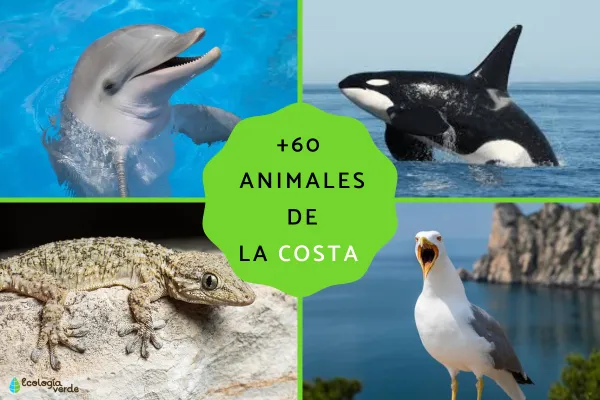
Highly social, intelligent marine mammals that communicate and hunt cooperatively with sound and body language.
Common dolphin (Delphinus delphis): distinctive hourglass flank pattern; often bow-rides ship waves.
Bottlenose dolphin (Tursiops truncatus): harbor and bay resident; superb echolocation in turbid water.
Striped dolphin (Stenella coeruleoalba): agile, fast, frequently in small groups.
Ecology: feed on fish and squid; vulnerable to noise, bycatch, plastics, and vessel strikes.
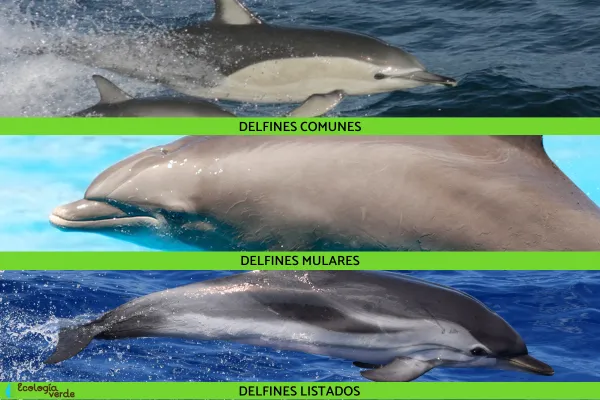
The most conspicuous coastal birds worldwide; adaptable, opportunistic omnivores.
Kelp gull (Larus dominicanus).
Mediterranean gull (Ichthyaetus melanocephalus).
Andean gull (Chroicocephalus serranus).
Note: scavenging on human waste raises entanglement and plastic ingestion risks.
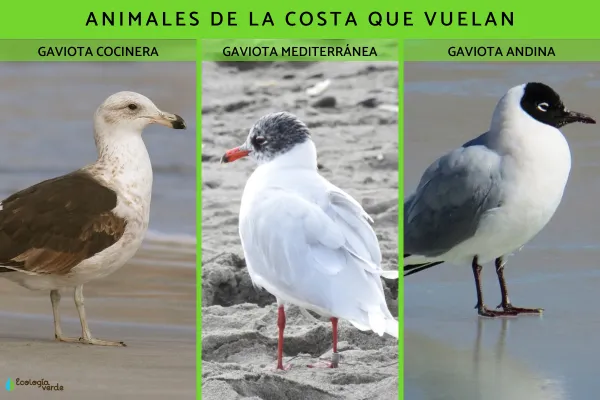
Many species nest on warm beaches and spend most of their lives offshore or along coasts.
Hawksbill (Eretmochelys imbricata): sponge-eater; historic shell trade target.
Green turtle (Chelonia mydas): adults graze seagrass and algae—important “mowers” of seagrass beds.
Loggerhead (Caretta caretta): powerful jaws for crabs and mollusks.
Olive ridley (Lepidochelys olivacea): famous for mass nesting (“arribadas”).
Leatherback (Dermochelys coriacea): largest sea turtle; specializes on jellyfish.
Key threats: light pollution on nesting beaches, bycatch, marine debris, habitat loss.
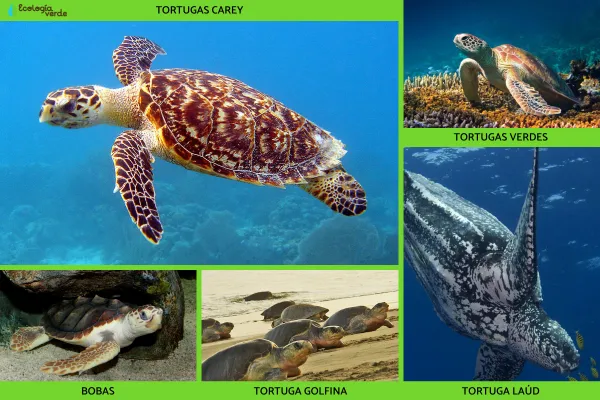
Small, shiny schooling fishes that dominate nearshore surface waters—especially in warm-temperate and tropical seas.
Role: feed on plankton and, in turn, sustain larger fishes, seabirds, and dolphins—vital energy “conveyor belts” in coastal food webs.
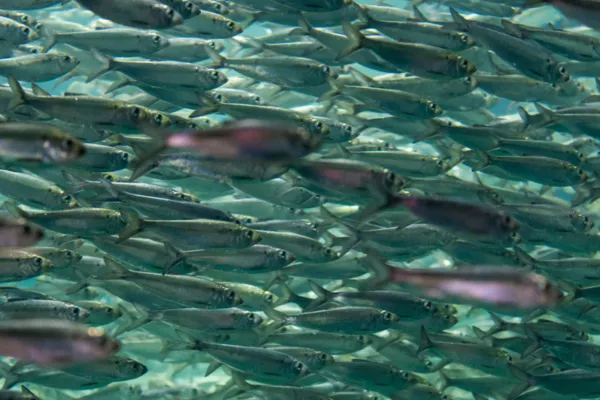
Tide-zone icons—scavengers and predators that engineer sediments and recycle nutrients.
Halloween crab (Gecarcinus quadratus): vividly colored, common on tropical coasts.
Coconut crab (Birgus latro): giant terrestrial hermit-crab relative; can crack coconuts.
Japanese spider crab (Macrocheira kaempferi): deep-water giant with record leg span.
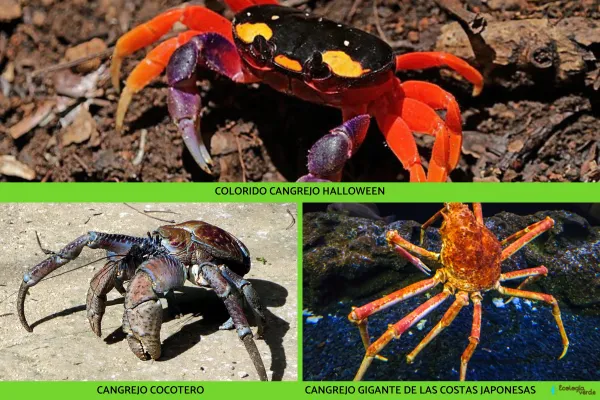
Cold, nutrient-rich upwelling (the Humboldt Current) fuels one of the planet’s most productive marine systems.
Peruvian pelican (Pelecanus thagus).
Blackish oystercatcher (Haematopus ater).
Humboldt penguin (Spheniscus humboldti).
Inca tern (Larosterna inca), plus Guanay cormorant (Leucocarbo bougainvillii), Snowy egret (Egretta thula), Peruvian booby (Sula variegata), and albatrosses (Diomedeidae).

South American sea lion (Otaria flavescens): rookeries on cliffs and harbor structures.
Humpback whale (Megaptera novaeangliae): migratory; breaches and tail-slaps nearshore.
True seals (Phocidae): sensitive to disturbance.
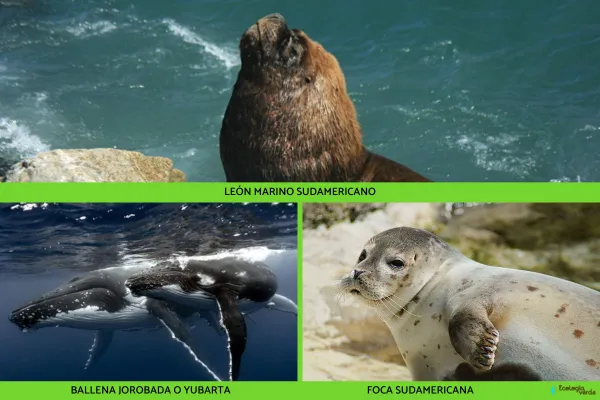
Peruvian anchoveta (Engraulis ringens): keystone forage fish and major fishery species.
Atlantic bonito (Sarda sarda).
Swordfish (Xiphias gladius).
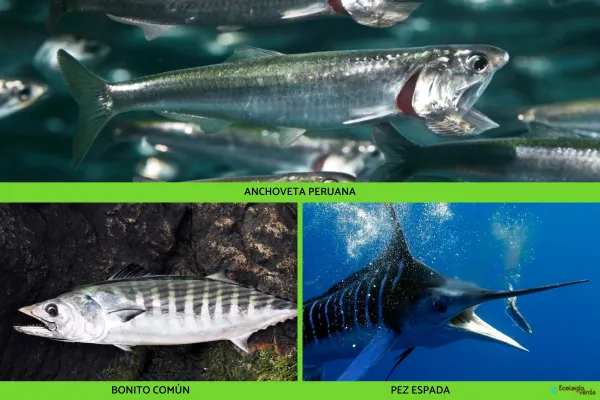
Tropical mainland plus an oceanic archipelago with extraordinary endemism.
Emerald hummingbird (Amazilia luciae).
Galápagos penguin (Spheniscus mendiculus): the world’s most northerly penguin.
Rufous-headed chachalaca (Ortalis erythroptera).
Scarlet-breasted dacnis (Dacnis venusta).
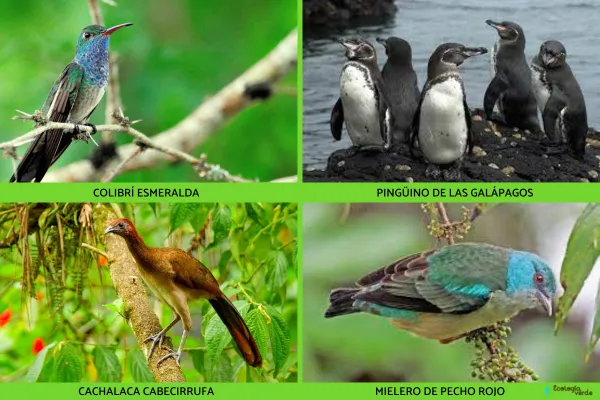
Galápagos sea lion (Zalophus wollebaeki).
Galápagos fur seal (Arctophoca galapagoensis).
Paca (Cuniculus paca), naked-tailed armadillo (Cabassous centralis), skunks (Mephitidae), long-nosed bats (Chiroptera), giant anteater (Myrmecophaga tridactyla), brown-throated sloth (Bradypus variegatus).
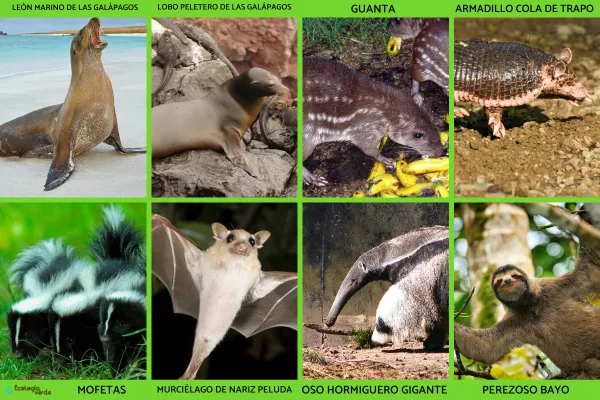
Marine iguana (Amblyrhynchus cristatus): the only truly marine lizard—algae grazer.
Galápagos land iguana (Conolophus subcristatus).
American crocodile (Crocodylus acutus).
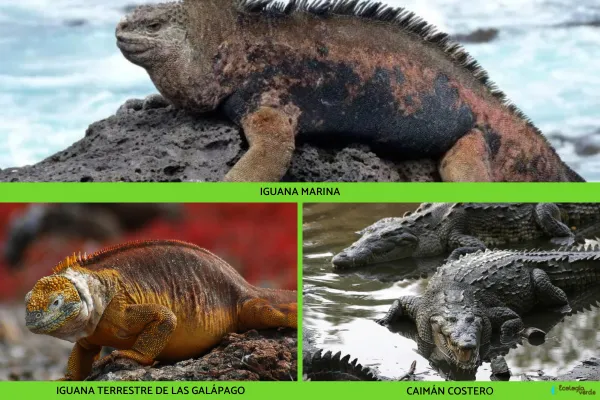
A semi-enclosed warm-temperate basin with intense migration corridors and breeding sites.
Great egret (Ardea alba); owls (Strigidae); common wood pigeon (Columba palumbus); common sandpiper (Actitis hypoleucos); ruddy turnstone (Arenaria interpres).
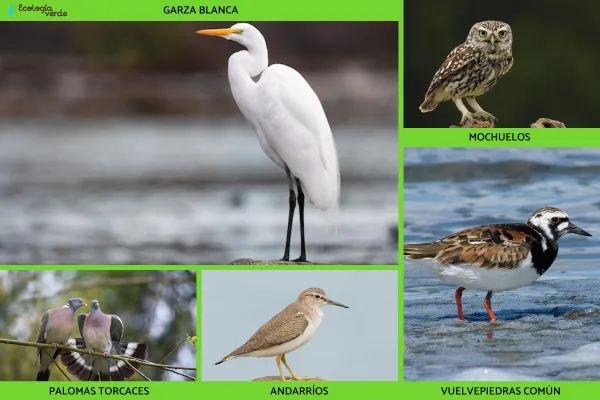
Fin whale (Balaenoptera physalus).
Sperm whale (Physeter macrocephalus).
Risso’s dolphin (Grampus griseus).
Long-finned pilot whale (Globicephala melas).
Cuvier’s beaked whale (Ziphius cavirostris).
Orca (Orcinus orca).
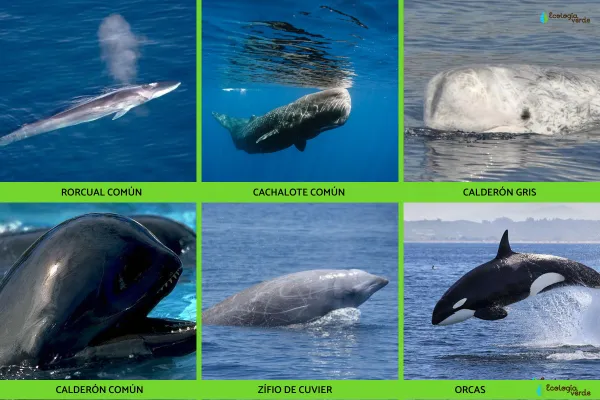
Moorish gecko (Tarentola mauritanica).
Montpellier snake (Malpolon monspessulanus).
Wall lizards (Lacertidae).
Sea cucumbers (Holothuroidea), brittle stars (Ophiuroidea), wedge clams (Donax trunculus), and dung beetles (Coleoptera) on coastal dunes.

Keep your distance: never feed, chase, or handle wildlife (especially nesting turtles, seal pups, and tidepool creatures).
Pack out all trash: cut single-use plastics.
Respect closures and buffers: lights and noise disrupt seabird and turtle nesting.
Choose sustainable seafood: avoid juveniles and closed seasons.
From bow-riding dolphins and moustached Inca terns to sun-basking sea lions and cryptic tidepool invertebrates, the coast is a living, layered classroom. May this guide help you recognize more wild neighbors on your next shoreline walk—and leave their home cleaner and quieter than you found it.
Bibliography
Brazeiro, A.; Toranza, C. & Bartesaghi, L. (2009) Coastal Biodiversity Project. EcoPlata-University of the Republic Agreement, Faculty of Sciences (Uruguay), pp. 8-21.
Martínez, M. L. (2012) Beaches and coastal dunes: a home in motion. Fondo de Cultura Económica, Mexico.
Salazar-Vallejo, S. I. (2002) Hurricanes and tropical coastal biodiversity. Journal of Tropical Biology (Mexico), Volume 50 (2).
animal tags: coastal animals
We created this article in conjunction with AI technology, then made sure it was fact-checked and edited by a Animals Top editor.